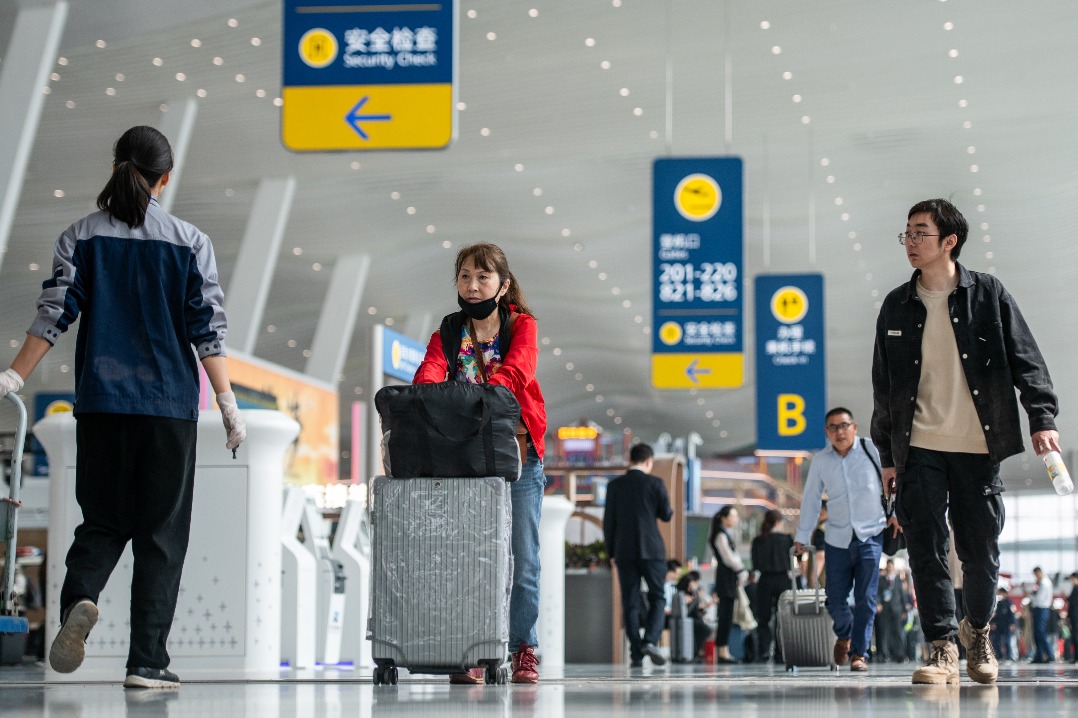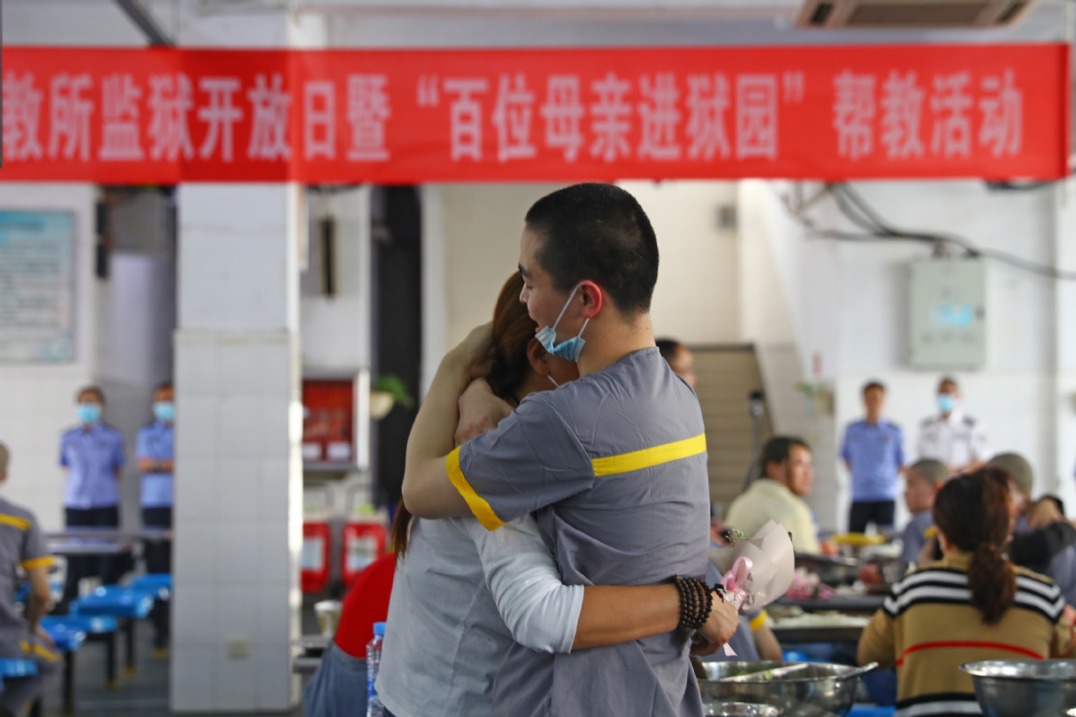Sporadic local infections warrant tight control: China Daily editorial
chinadaily.com.cn | Updated: 2020-11-22 20:07

On Friday, Tianjin reported five newly confirmed local COVID-19 cases, triggering large-scale nucleic acid tests for the virus.
On Friday and Saturday, Shanghai confirmed a total of three local infections, prompting the municipal authorities to raise the epidemic risk level for the neighborhood concerned, and re-impose restrictions on mobility.
On Saturday, in the universal screening of potentially vulnerable groups, the city of Manzhouli in the Inner Mongolia autonomous region detected and later confirmed two local cases.
With nucleic acid tests underway citywide, schools, kindergartens, training institutions and most public venues have been suspended. And the small town on the China-Russia border is now under lockdown, with railway and transit air services cut off.
As of Sunday morning, Tianjin had collected more than 1 million samples for testing; Shanghai had more than 4,000 people under quarantine.
Though the new infections are few in number, and scattered far apart, their emergence has confirmed earlier fears that the novel coronavirus, which has largely been under control across the country, may stage a comeback as winter kicks in.
For quite some time, with mandatory "closed circuit management" of in-bound mobility in place, cold-chain food imports have been in the limelight.
The five infections Tianjin just reported have again been traced back and attributed to the cold chain.
Also on Saturday in Dongguan of Guangdong province, two samples from outer packages of imported cold-chain food — one from Argentina, the other from Russia — tested positive.
While these findings verify the authorities' calls for vigilance regarding the cold chain, the latest infections in Shanghai reportedly had nothing to do with cold-chain goods, although one of the victims is a loader at a UPS cargo transfer facility at a local airport.
With a conclusive scientific judgment pending, scientists' initial assumption points to a potentially broader risk – all cargo imports may be carriers of the virus as it gets colder.
Should this be the case, the cost of pandemic prevention will rise significantly across the board, as potentially all cross-border cargo shipments may have to undergo screening.
Since imported infections were identified as the most important source of the virus on Chinese soil and cold-chain food was singled out as another loophole, the country has relied heavily on strict control at ports of entry to cut the virus' channels of dissemination.
Should non-cold chain imports need to be subject to that level of screening, technical and financial inputs will have to be stepped up accordingly.























